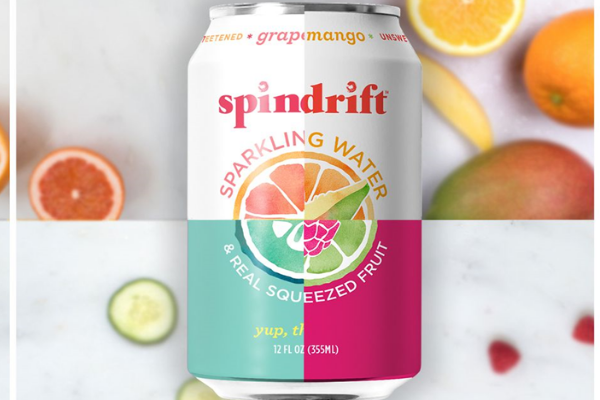What next for the category as it continues to mature?
Health conscious consumers are driving the growth of the global flavoured and functional water category at a phenomenal rate. It’s a market predicted to be worth circa $37bn by the end of the year, numbers in themselves, but that is set to climb north of $76bn by 2026. With that sort of money at stake, and with the traditional soft drink market under threat, it’s no surprise that the PepsiCo’s and Coca Colas of the world have gone long on flavoured water.
PepsiCo’s Bubly, barely a year old, boasts impressive numbers ($170m in sales), whilst Coca Cola have bought their way into the market with the $220m purchase of cult Mexican sparkling water brand Topo Chico, using their clout to grow sales 39% in the last year. In the US, the ambition is to challenge long-established market leader, favourite of Millennials, La Croix and it seems as if superior marketing spend has had an impact, with market share down to 14.5%. But it’s not just the big boys that are chipping away and redefining the market.
Up to now, new entrants to the market have almost obsessively and single-mindedly focused on natural and sugar free sparkling waters or seltzers infused with ‘natural flavours’. The market after all was defined by and led by such products. Spindrift is one such brand that is defying convention by taking a different tack, choosing instead to use squeezed fruit, aka juice, to flavour their water. As a result, the waters are uncharacteristically for the market, coloured and contain a few calories; cucumber has two per can, whilst grapefruit has 17.
Natural it seems, isn’t natural enough, because natural would mean colour and calories, so are we now in an age where discerning consumers are looking for products that go beyond the erstwhile promise of zero calories for something that is truly natural? If so, this evolves the category away from a diet option into the wellness space, which lends more credence to provenance and ingredients than anything else.
And so what we’re actually seeing is the beginnings of the fragmentation of the flavoured water/seltzer category; between ‘natural’ i.e. La Croix and truly natural i.e Spindrift. So where else can the market go beyond the function and interpretation of natural?
Well, it seems that brewers might be providing the answer. Much like the soft drink market, the alcohol category is under pressure to diversify as drinkers seek out ways to moderate their alcohol consumption. So it’s no surprise to see the likes of Molson Coors dip its toes into the sparking water market with the launch of a hopped sparkling water, Wellraiser, in the UK, leveraging its equity in hops to deliver a non-alcoholic alternative to beer for those seeking out a more sophisticated soft drink. Or at least that’s the ambition.
In an increasingly saturated market, it remains to be seen how hops compete in a non-alcoholic context; a question that may explain Molson Coors decision to soft launch Wellraiser on Ocado. Either way, it signals a further evolution of the water category into a new and interesting space, bringing facets such as craft and heritage into the equation and pitting soft drinks players against alcohol giants in what promises to be an intriguing tête-à-tête.


